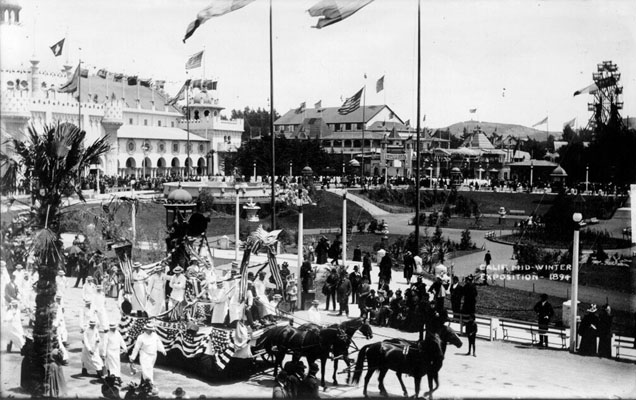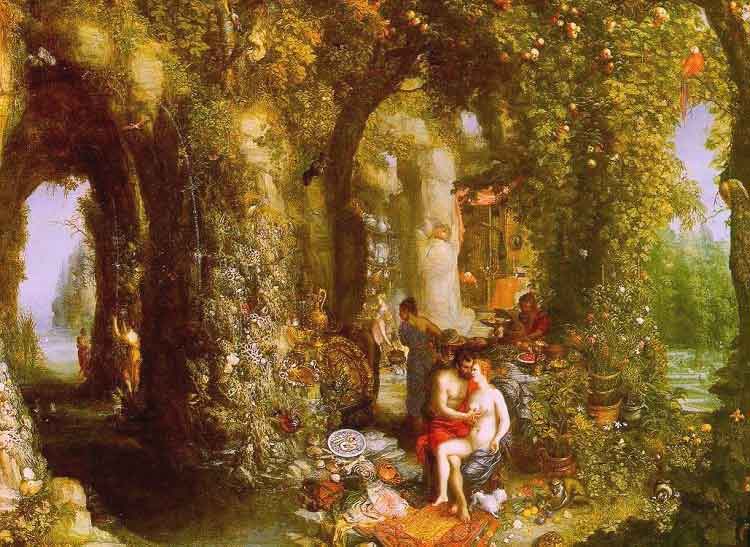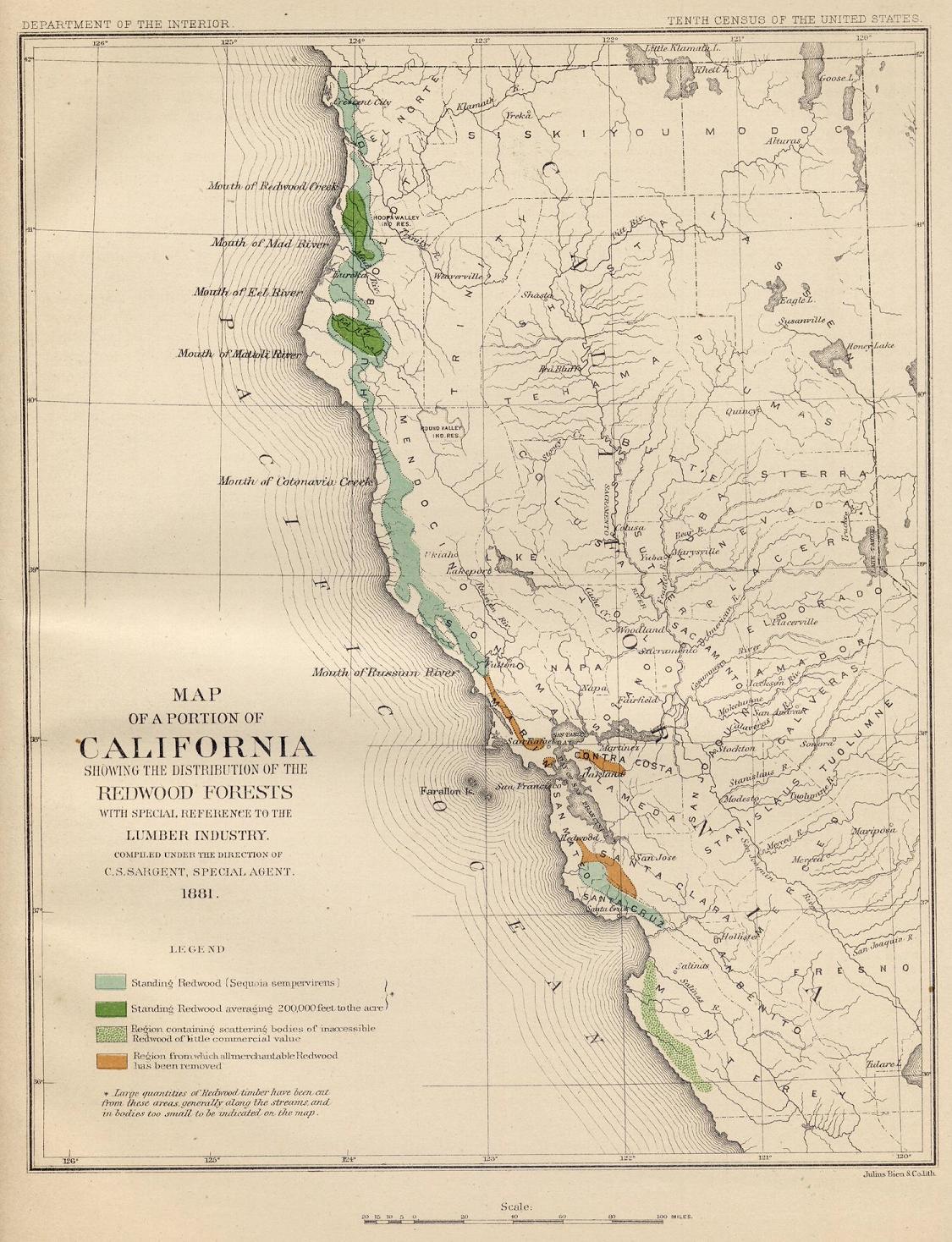 |
| A lovely seedling of Lupinus holding a diamond of water. Will update the species when it blooms. Yellow, I think it is. |
Enjoy several Dennis Moore episodes here.
"She's bloody dying and all you bring us is lupins. All we've eaten, mate, for the last four bleeding weeks is lupin soup, roast lupin, steamed lupin, braised lupin in lupin sauce, lupin in the basket with sautéed lupins, lupin meringue pie, lupin sorbet. We sit on lupins, we sleep in lupins, we feed the cat on lupins, we burn lupins, we even wear the bloody things!"












































